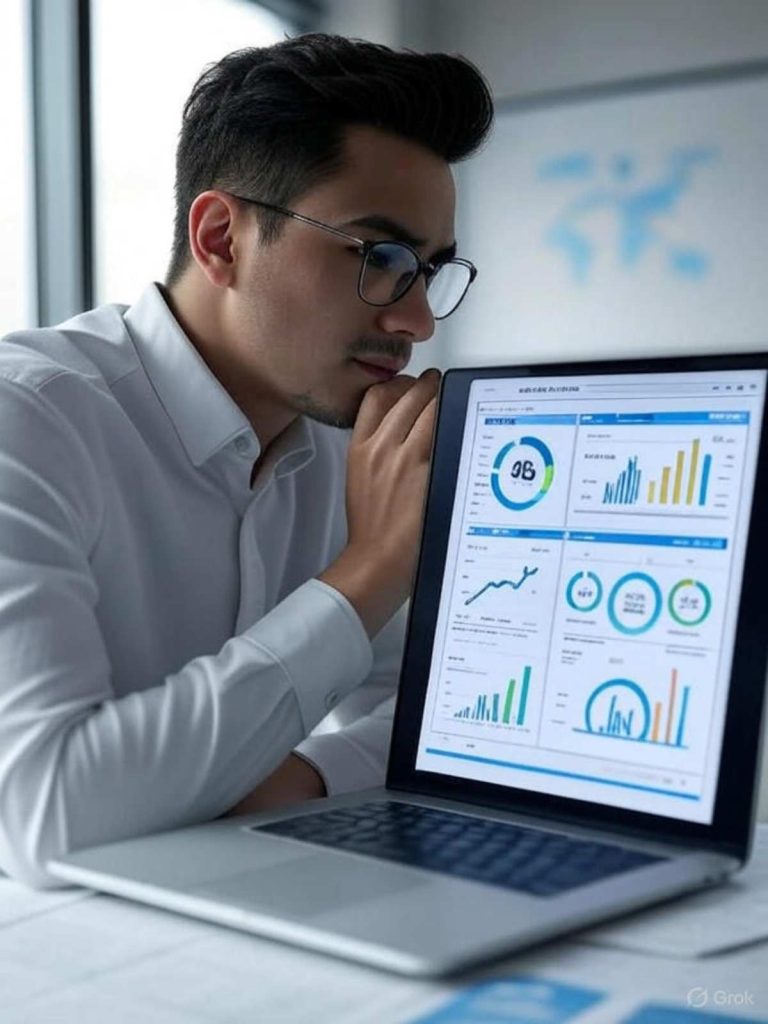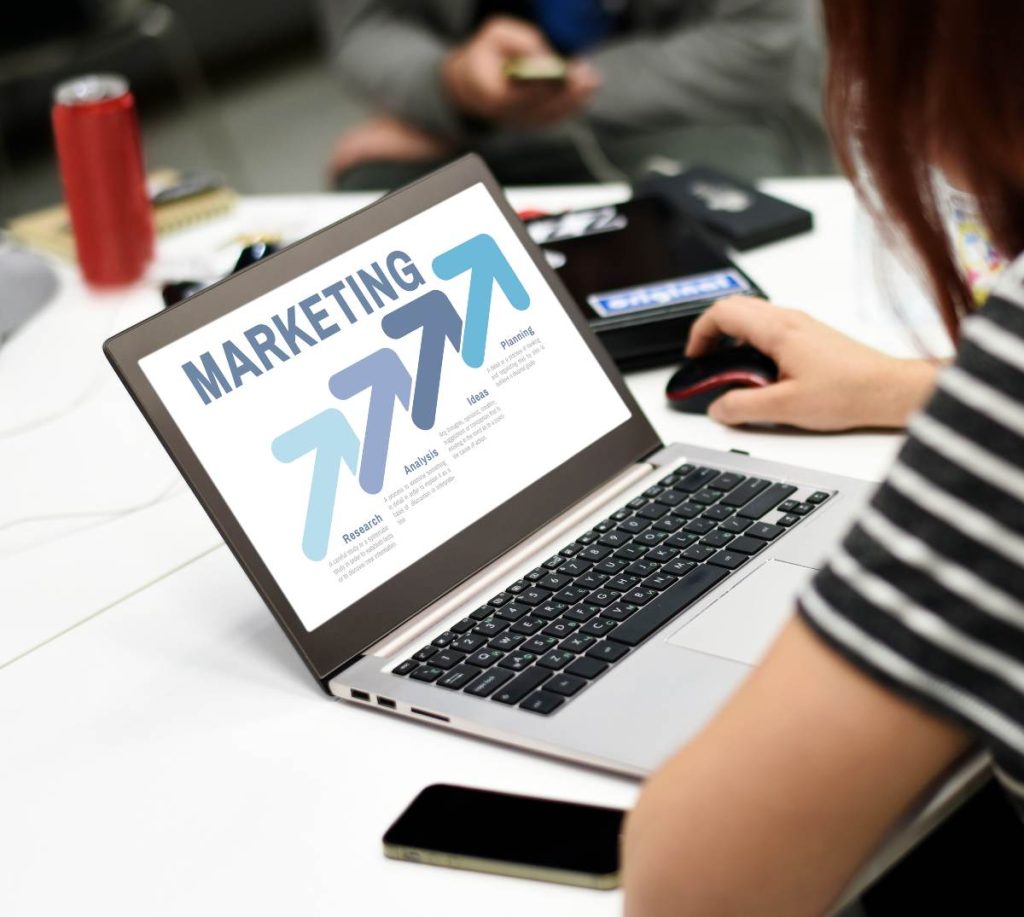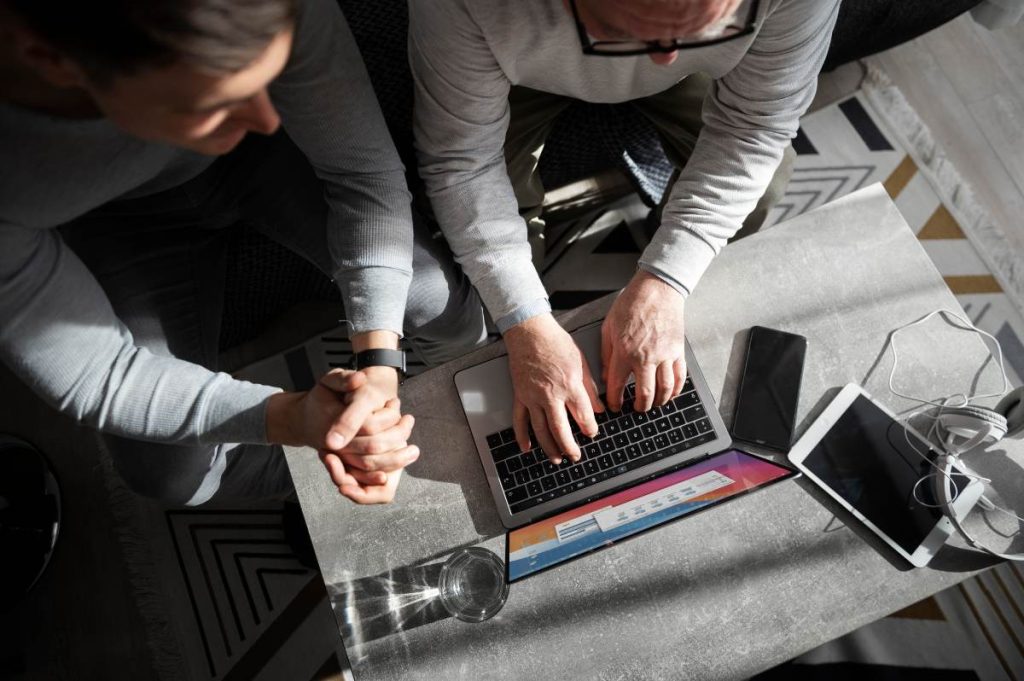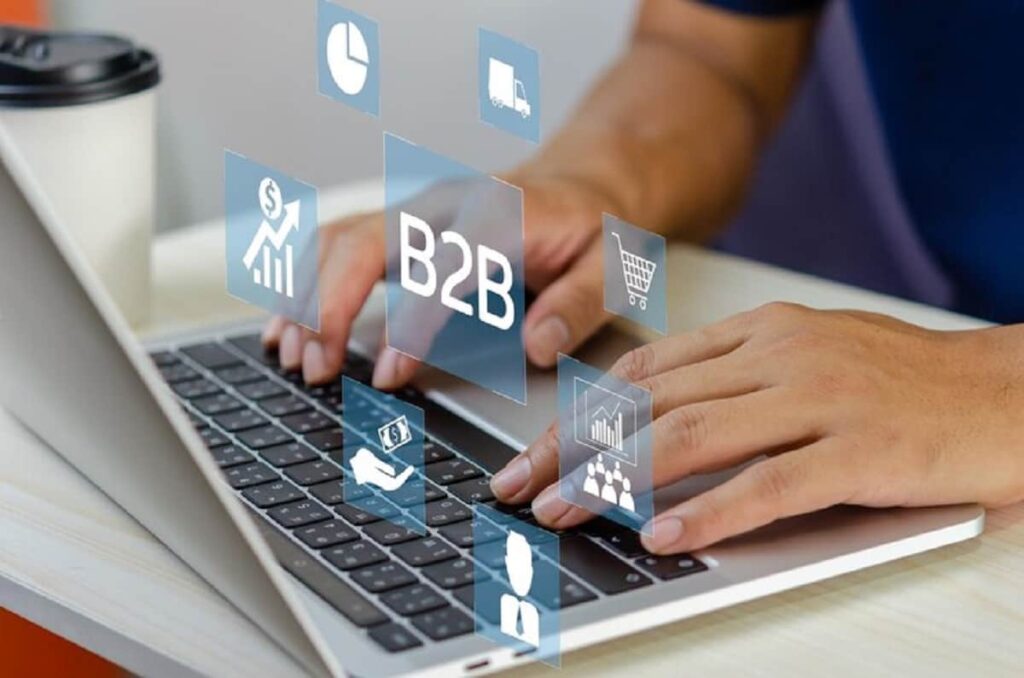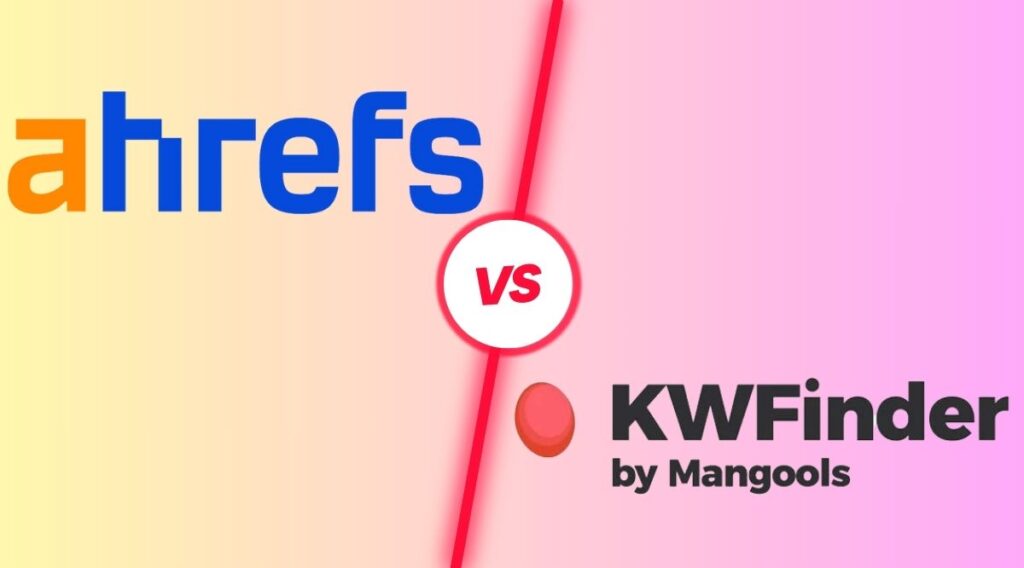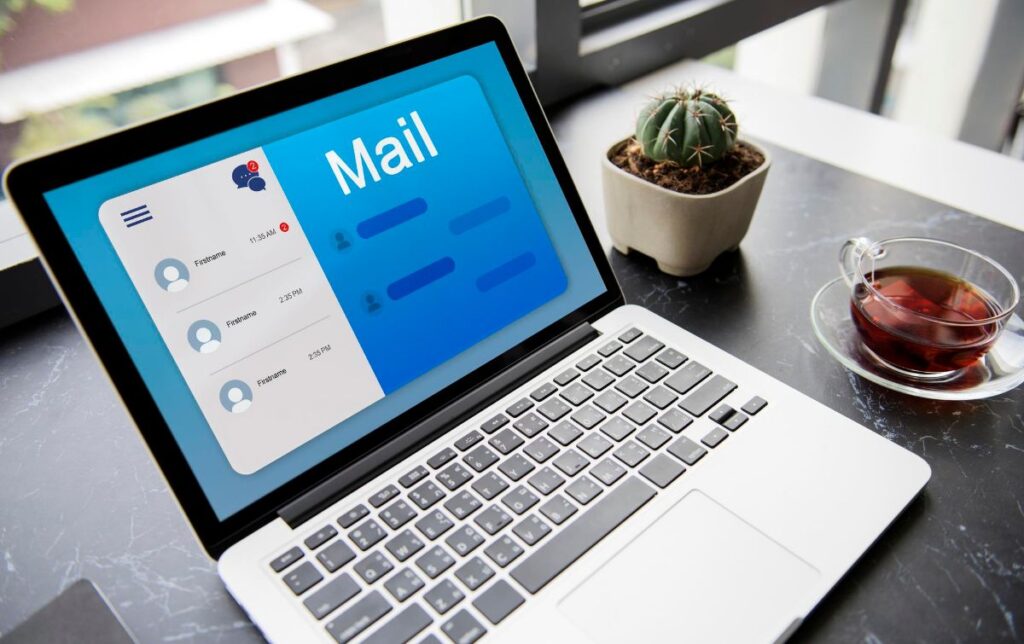When composing an email to multiple recipients, How to Address an Email to More Than One Person them sets the tone for effective communication. Proper etiquette ensures clarity and professionalism, whether you’re addressing a small group or a larger team.
How to Address an Email to More Than One Person

Email Etiquette: Personalized Salutations and Professional Communication
Personalized Salutations for Small Groups
When emailing one to three individuals, it’s courteous and effective to include each recipient’s name in the salutation. This personal touch not only acknowledges everyone directly but also enhances engagement.
Examples:
Dear Tom, Mia, and Jim,
Good afternoon, Jose and Camila,
Using each recipient’s name helps establish a direct and respectful tone from the start.
Common Salutations for Larger Groups
For larger teams or groups, a general greeting is more appropriate and practical. It simplifies communication while remaining inclusive and professional.
Example:
Dear Team,
In ongoing email threads, repeating the salutation in every reply isn’t necessary—similar to how you wouldn’t repeatedly greet someone in a face-to-face conversation.
Essential Email Dos and Don’ts
1. Address Recipients with Care
Avoid displaying long recipient lists in the To or Cc fields, especially in group communications. Instead, use the Bcc (blind carbon copy) feature to maintain privacy and reduce visual clutter.
2. Craft Clear and Concise Subject Lines
Every email should include a relevant and succinct subject line. This provides immediate context and helps the recipient prioritize and organize their inbox.
3. Avoid Using All Caps
Typing in all capital letters can be perceived as shouting. Maintain a calm and respectful tone by using standard sentence case, even when emphasizing a point.
4. Use Symbols and Abbreviations Sparingly
In professional settings, avoid excessive use of emoticons, emojis, and casual abbreviations. Stick to clear and universally understood language to ensure professionalism and avoid misinterpretation.
5. Write a Strong Closing
Conclude your emails with a meaningful closing statement. Include your contact details where appropriate, especially in formal or first-time communications. In ongoing conversations, repeated contact information can be omitted unless the context changes.
6. Proofread Before Sending
Always review your message for grammar, spelling, and punctuation. A well-written, error-free email reflects positively on your attention to detail and professionalism.
Categories of Email Etiquette
Understanding proper email behavior extends beyond salutations. It includes broader categories that ensure your digital communication is courteous and effective:
Trending Topics in Email Etiquette
Stay updated with modern practices such as:
The use of digital signatures
Encrypting emails for security
Automating routine communications while retaining a human touch
Featured Articles on Digital Manners
Explore deeper insights on maintaining a respectful tone, appropriate response times, and handling confidential or sensitive information via email. These practices elevate your digital professionalism.
Business vs. Everyday Etiquette
Recognize the difference between professional and casual email styles:
Business Emails: Formal structure, professional tone, and precise formatting
Personal Emails: Friendly tone, flexible formatting, and room for casual expression
Further Reading and Resources
Expand your understanding of email and digital etiquette with recommended guides:
Tech/Watch Etiquette for the Urbane Gentleman
Tailored advice for professionals in corporate or tech environments, offering strategies for managing complex email chains and maintaining clarity under pressure.
Netiquette: The Rules of the Internet
Learn about the foundational rules of online behavior—netiquette—which govern not only email but broader interactions across the digital landscape. Understanding these principles helps ensure respectful and effective communication in all online forums.
Polish your email skills with these etiquette tips! Consult comprehensive dos and don’ts guides specifically dedicated to email etiquette. These resources cover everything from drafting subject lines to handling attachments and ensuring clarity in email content.
Conclusion
Mastering email etiquette involves understanding the nuances of addressing multiple recipients and adapting your communication style to different contexts. By adhering to these guidelines, you can increase professionalism, clarity, and respect in your email communications, whether in business or personal interactions. Remember, effective communication through How to Address an Email to More Than One Person not only conveys your message clearly but also reflects positively on your professionalism and attention to detail.
Frequently Asked Questions (FAQs)
How should I address multiple recipients in a professional email?
For small groups (up to three people), mention each person's name in the salutation, separated by commas or semicolons. For example, "Dear Tom, Mia, and Jim," or "Good afternoon, Jose and Camila." A general salutation like "Dear Team" is appropriate for larger groups.
Is it necessary to include a subject line, even personal emails?
Yes, including a subject line is recommended for all emails. It helps recipients quickly understand the purpose of your email and facilitates organized inbox management.
How can I maintain professionalism in my email communication?
Maintain professionalism by using formal language, proofreading for grammar and spelling errors, and including a clear and concise email signature with your full name, job title, and contact information.
Should I use emojis or informal language in business emails?
In business emails, it's generally best to avoid emojis and overly casual language. Stick to clear, professional language to ensure your message is taken seriously and understood correctly.
What should I do if I mistake in an email I've already sent?
If you notice a mistake in an email, consider sending a follow-up email acknowledging the error and providing any necessary corrections or clarifications.
When be should the blind-copy (Bcc) feature used in emails?
Use the Bcc feature when emailing a large group of recipients who may not need to see each other's email addresses. This helps protect recipient privacy and maintains professionalism.
How can I ensure my emails are straightforward to understand?
Write in complete sentences, use paragraphs to organize your thoughts, and proofread your email before sending it. Avoid jargon or complex language that may confuse recipients.



